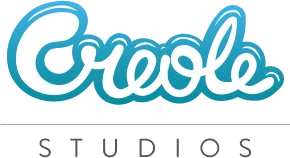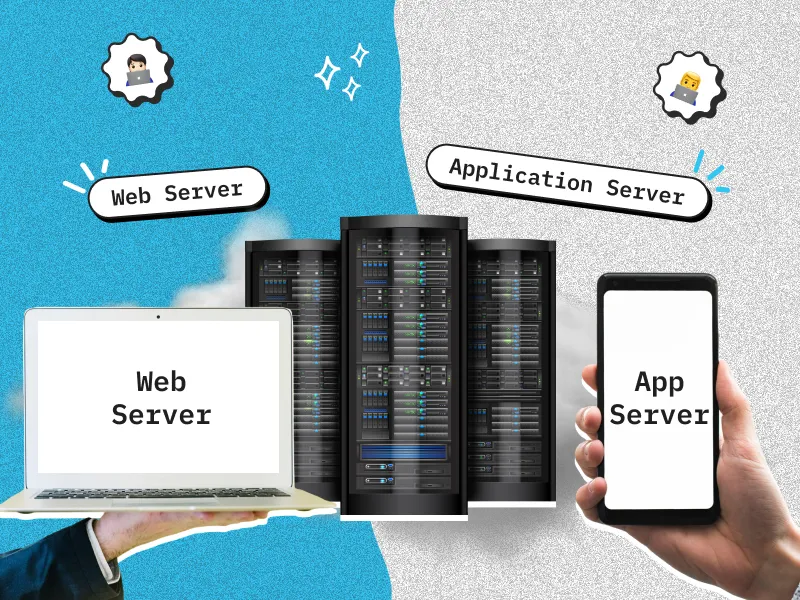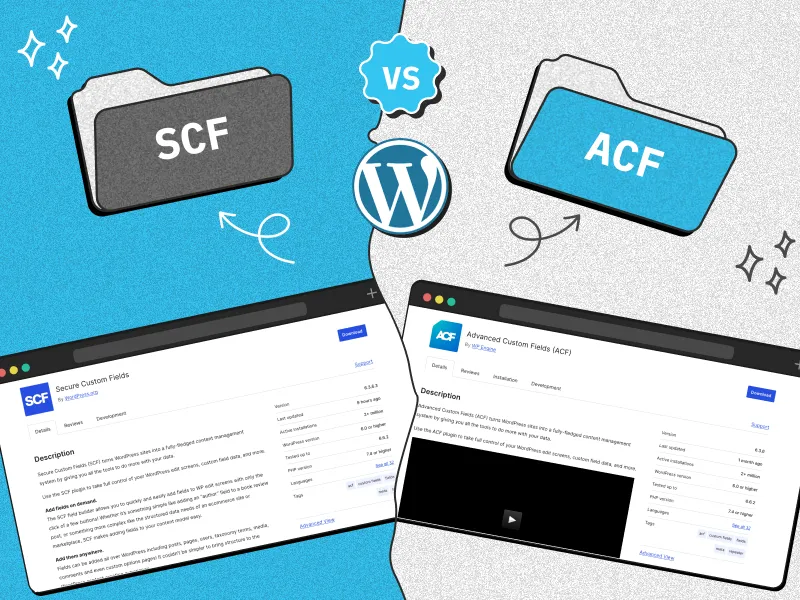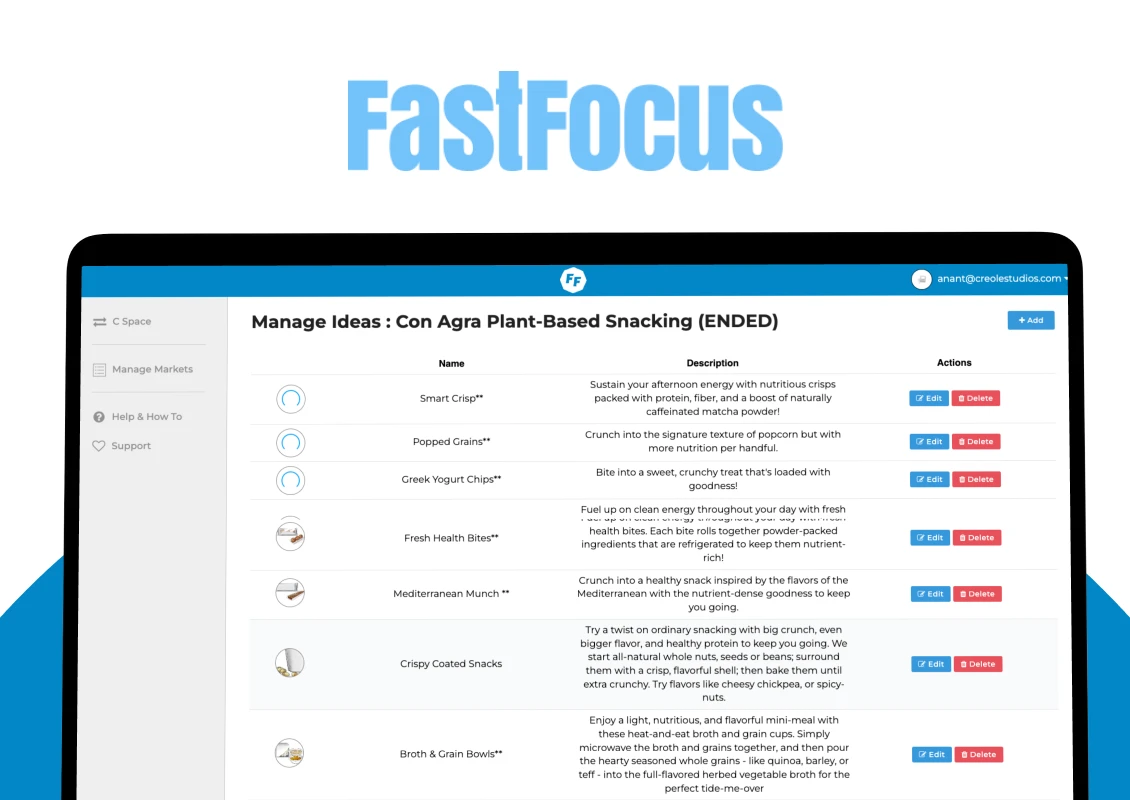Summary:
In summary, web servers vs application servers serve different but complementary roles in web development. While web servers deliver static content quickly and efficiently, application servers are essential for processing dynamic content and business logic. Understanding the strengths and weaknesses of each server type can help you make informed decisions about the architecture of your web applications. Digital transformation consulting can help businesses identify the best server infrastructure for their digital projects, ensuring efficient scaling and performance.
Introduction:
In the world of web application development, understanding the infrastructure that supports your website or application is crucial. This includes knowing the key differences between web servers and application servers. A solid understanding of these two server types will help web developers and businesses make informed decisions when designing their systems. Whether you are working with a web application development agency or managing your own project, knowing how web servers and application servers function is essential for creating robust, efficient, and secure web applications.
If you’re looking to learn more about how different web technologies, such as serverless applications, handle dynamic requests, exploring challenges related to asynchronous operations in serverless Next.js applications can provide deeper insights into scaling web applications effectively. Digital transformation consulting services can assist businesses in navigating these challenges and identifying the right infrastructure choices for modern applications.
What is a Web Server?
A web server is a software application that serves web pages to users via HTTP. Its primary role is to manage and respond to client requests, typically in the form of HTTP requests for web content such as HTML, images, and other static resources. Web servers are optimized for serving these types of content quickly and efficiently.
Key functions of a web server:
- Serving Static Content: Web servers are responsible for delivering static files, such as HTML pages, images, and CSS files.
- Handling HTTP Requests: Web servers handle client requests via the HTTP protocol, ensuring communication between the user’s browser and the server.
What is an Application Server?
An application server, in contrast, is a more complex software that not only handles HTTP requests but also processes dynamic content, manages business logic, and connects to databases. It serves as a platform for running and managing server-side applications.
Key functions of an application server:
- Dynamic Content Processing: Application servers manage dynamic content generation by running scripts, such as those written in PHP, Java, or Python.
- Managing Business Logic: They manage the logic that drives the application, handling tasks such as database operations and user authentication.
Web Server vs. Application Server – Key Differences
| Feature | Web Server | Application Server |
| Primary Function | Serves static content such as HTML, CSS, and images. | Handles dynamic content and executes business logic. |
| Content Handling | Static content only. | Dynamic content based on database queries or user interactions. |
| Protocols Supported | HTTP, HTTPS | HTTP, HTTPS, SOAP, RMI, JMS, and more. |
| Resource Requirements | Lightweight and minimal resources required. | Resource-intensive due to complex processing needs. |
| Multithreading | Simple handling of multiple requests. | Advanced multithreading to handle complex business logic. |
| Session Management | Basic session handling using cookies. | Advanced session management, including stateful sessions. |
| Security Features | Basic security such as SSL/TLS encryption. | Enhanced security features like authentication and authorization. |
| Performance | Optimized for static file delivery and high concurrency. | Optimized for executing complex tasks and generating dynamic content. |
| Usage | Serving websites with static files. | Building dynamic web applications with real-time processing. |
How Web Servers and Application Servers Work Together
In many cases, web servers and application servers work in tandem. A typical scenario is where the web server handles static content like images and HTML files, while the application server processes dynamic requests such as user authentication, data queries, and content generation. This division of labor ensures that each server performs optimally for its intended purpose.
For example, when a user interacts with a website that uses server-side rendering (SSR) with React, the web server could serve the static portions of the site, and the application server could handle dynamic content updates in response to user interactions.
Digital transformation consulting company services often help businesses implement these server-side technologies in a way that best aligns with their goals, ensuring an efficient and scalable solution.
How to Choose Between a Web Server and an Application Server
Choosing between a web server and an application server depends largely on the needs of your project. A web server is ideal for simple websites that need to serve static content quickly. However, if your application requires dynamic content processing and complex server-side logic, an application server is the better choice.
Considerations for selecting the right server type:
- The nature of your content (static vs. dynamic).
- The resources required for your application (memory, CPU, scalability).
- Security and performance needs.
Web Server
Pros:
- Fast and Efficient: Web servers are highly optimized for serving static content quickly, such as HTML files, images, and CSS. This makes them suitable for websites where the majority of content remains unchanged.
- Simple to Set Up: Web servers are straightforward to configure and typically require fewer resources than application servers, making them ideal for smaller, less complex websites.
- Low Resource Consumption: Web servers don’t require as much memory or processing power since they’re only dealing with static files, which helps reduce costs and improve performance.
Cons:
- Limited to Static Content: A web server can only serve static content and cannot process dynamic content like user input or database-driven data.
- Lack of Flexibility: Web servers can’t handle complex business logic or interact with backend systems to the extent that application servers can.
Application Server
Pros:
- Greater Flexibility: Application servers can handle dynamic content processing, running server-side scripts (like PHP, Java, or Python), and connecting to databases to generate dynamic web pages.
- Supports Business Logic: They allow developers to implement complex business logic, making them suitable for applications that need real-time data processing or interaction with external systems.
- Integrated Tools: Most application servers come with built-in features for handling things like session management, transaction processing, and security, streamlining the development process.
Cons:
- Higher Resource Requirements: Application servers require more memory, CPU power, and storage due to the complexity of processing dynamic content, which may increase costs, especially at scale.
- More Complex to Set Up: Setting up and configuring an application server is more complicated compared to a web server, as it involves setting up an entire environment for running dynamic applications.
- Potential Overhead: For websites that don’t require dynamic content, using an application server might introduce unnecessary overhead, making it less efficient than a simple web server.
If you’re considering how server architectures affect the cost of web application development, it’s crucial to factor in the type of server required. For businesses aiming to keep costs in check, understanding the balance between static content delivery and dynamic content processing will help optimize server usage. Digital transformation consulting services can be instrumental in guiding businesses through this decision-making process to ensure both scalability and cost-efficiency.
Popular Web and Application Servers
Web Servers:
- Apache HTTP Server: One of the most popular web servers, known for its versatility and configurability.
- NGINX: A high-performance web server known for its speed and scalability.
Application Servers:
- Apache Tomcat: A widely used open-source application server for Java-based applications.
- JBoss: An enterprise-level application server that provides robust support for Java applications.
How Cloud Solutions (e.g., AWS) Can Support Your Server Requirements
Cloud services, such as Amazon Web Services (AWS), have revolutionized how businesses manage their infrastructure. These platforms offer flexible, scalable solutions for hosting both web and application servers, ensuring that businesses can maintain optimal performance regardless of traffic fluctuations or resource needs. With cloud solutions, businesses are no longer tied to fixed physical servers, allowing for more agility, lower upfront costs, and the ability to scale as needed.
AWS and similar cloud services offer a range of features that can support both web and application server requirements, making them an excellent choice for businesses of all sizes.
Benefits of Cloud for Web and Application Servers:
- Scalability: Cloud platforms allow businesses to easily scale their infrastructure up or down based on demand.
- Flexibility: You can choose the right mix of web and application servers, ensuring that your architecture aligns with the needs of your application.
- Security: Cloud providers offer advanced security features, including automated backups, encryption, and more.
Digital transformation consulting can be a valuable resource for businesses considering cloud-based solutions, ensuring that they leverage the full potential of cloud computing for their web applications.
Conclusion:
Both web servers and application servers play pivotal roles in modern web development. While web servers are optimized for serving static content efficiently, application servers are essential for handling complex, dynamic content generation. A deep understanding of these server types is crucial for designing and implementing web applications that perform well, scale effectively, and provide a secure user experience.
Choosing between a web server and an application server depends on the complexity of the web application and the nature of the content being served. Businesses can benefit from digital transformation consulting services to help navigate these choices and build more robust and scalable infrastructure solutions.











 30 mins free Consulting
30 mins free Consulting 
 10 min read
10 min read 


 Canada
Canada 
 USA
USA 






 Love we get from the world
Love we get from the world 